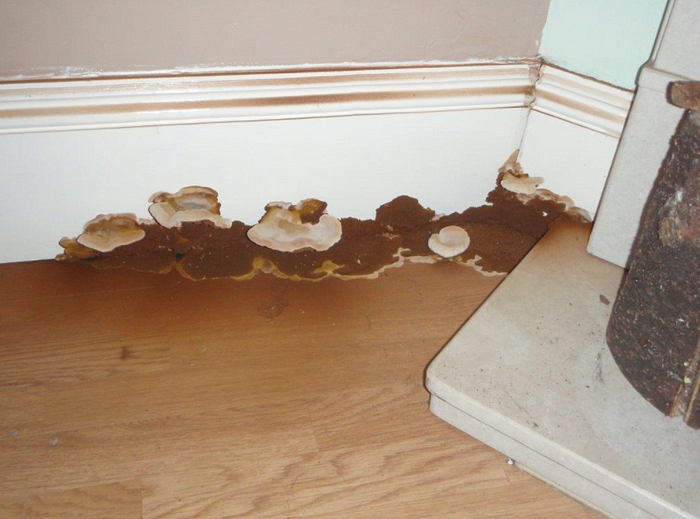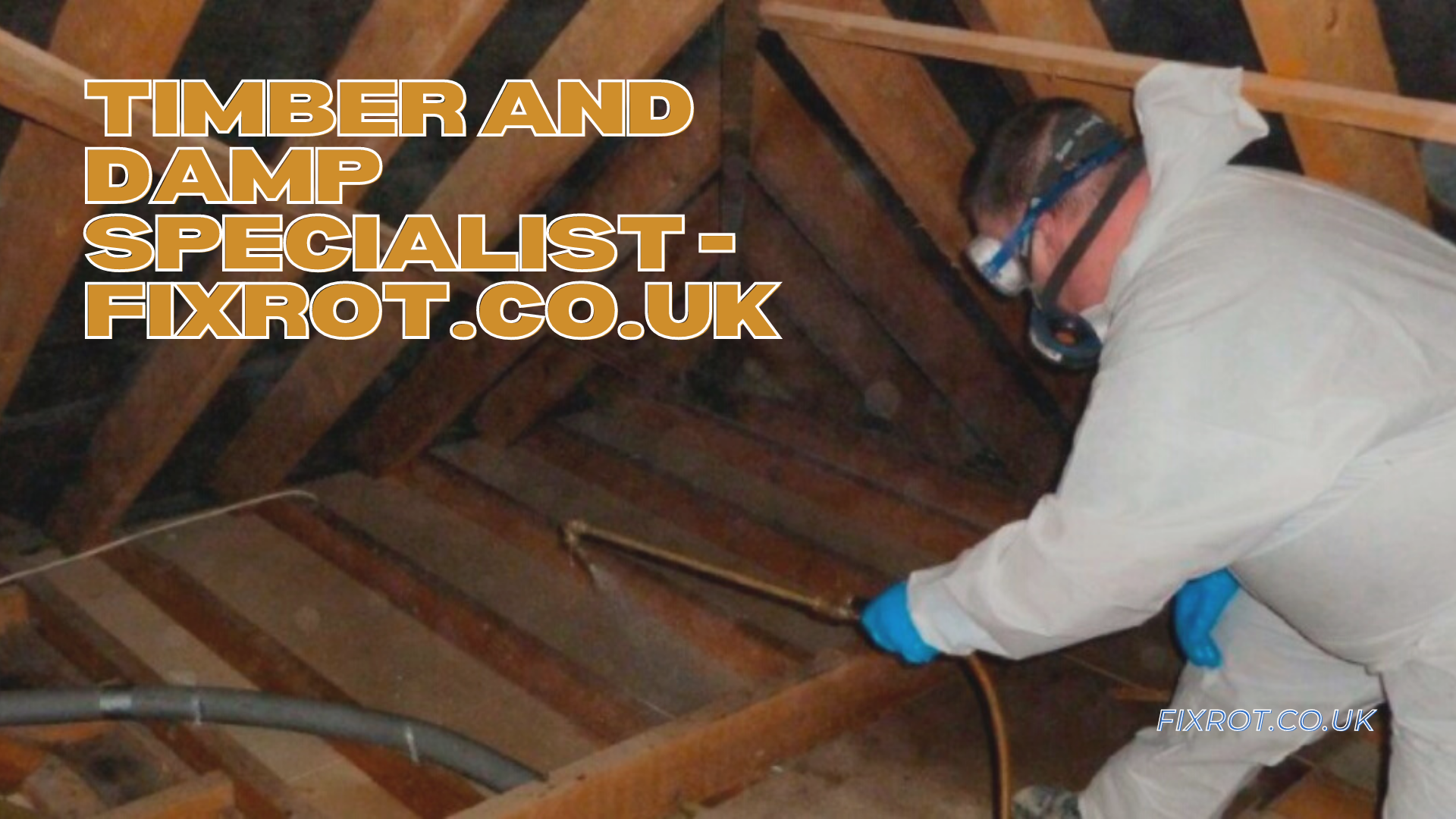Dry Rot Treatment Specialists
Have you noticed any signs of dry rot within your property? If so, it is always better to know for sure rather than ignoring the problem and letting it spread.

Dry rot is a common wood destroying fungi timber that attacks and weakens unprotected timbers that have been affected by damp. Our experienced property surveyors are here to help you by accurately identifying the cause of the problem as well as specifying the most effective solution. Get in touch with your local branch to book a property survey.
What Causes Dry Rot?
Dry rot can occur in a property when unprotected or untreated timber has become damp. Property problems such as plumbing leaks, leaking roofs, defective guttering and masonry are the most common reasons that allow damp to affect your property. As a result, all unprotected timber structures are at risk of a fungal attack when the moisture content of the timber is above 20%.
From fixtures to structural timbers, the average home is made up of 70% timber. Once rot starts to spread, it can affect large areas of your property and cause major structural problems. Learn more by visiting our DRY ROT SPECIALISTS page.
How to Identify Dry Rot?
If you are concerned about rot affecting your property, there are some signs that you might notice. Affected timber tends to crack into cubes, loose its strength and becomes brittle. Eventually, it can crush the wood into powder.
Rot appearance is constantly changing depending on the environment and its development stage. It can range from grey mushroom coloured skin to rusty red colour spores that can cover the affected area. In early stages you might notice a white, fluffy mycelium, giving off a damp mushroom odour.
It is important to identify the extent of timber decay caused by dry rot or other wood-destroying fungus. The reason for this is that this type of rot can travel along and through building materials and affect large areas of the property. Read more about the difference between dry rot and wet rot.
It can be extremely tricky to identify dry rot. However, a member of our specialist team can identify the type of infestation and specify the solution to treat the affected area.
Dry Rot Treatment & Repairs
Dry rot only affects unprotected timbers that have been affected by damp. Therefore, the first step of any effective treatment is removing the source of moisture.
All affected timbers should be removed and replaced with pre-treated timber, preventing contact with damp masonry. Any remaining adjacent timbers must be treated with an effective fungicide. There are products that enter the timber itself as well as ones designed to coat the timber surface. A fungicidal gel can be applied to the timber surface and comes in different concentrations to treat dry rot.
Rot eradication must be dealt with thoroughly and should be treated by specialists. Our team will help you to locate and eliminate the dry rot problem no matter how big or small. Continue reading about timber rot and property surveys.
Dry Rot Treatment — Case Study
Damp affected structural joists created perfect conditions for dry rot germination. Our preservation specialists established the extent of the problem and replaced all affected timbers. The whole area including masonry and replacement timbers was treated with a fungicidal solution to protect the building fabric. The repaired area was replastered and decorated according to our clients specification.



Comments
Post a Comment